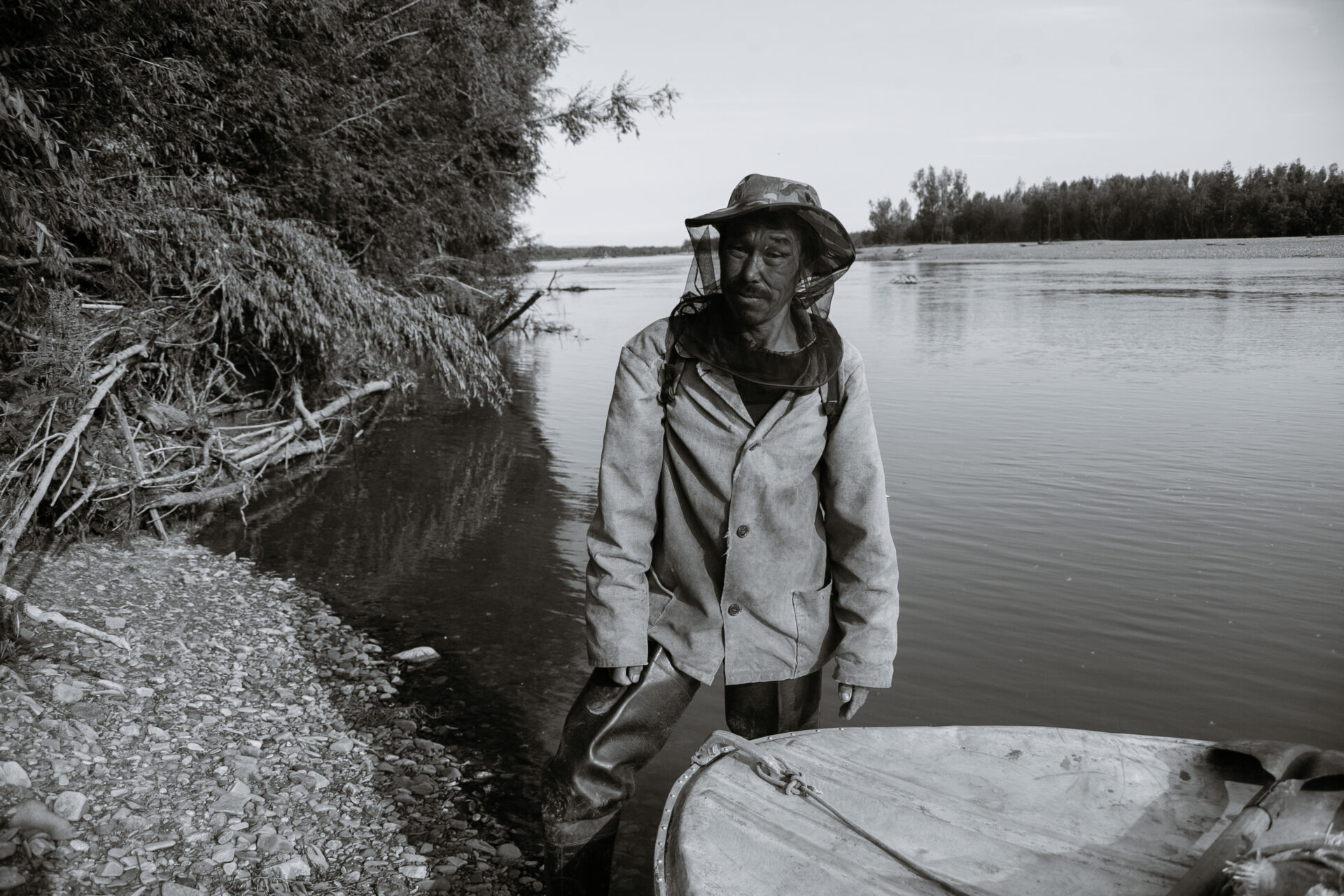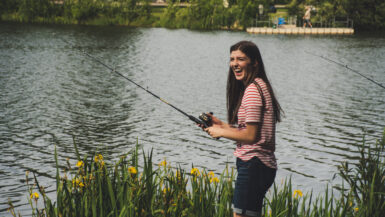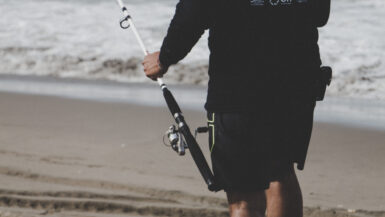Fishing for bass in clear water is one of the most rewarding experiences for an angler. Not only does it require more skill and finesse, but it also provides the opportunity to catch bigger and more trophy-worthy bass. To be successful in your bass fishing endeavors, it is important to understand the basics of fishing clear water and the specific techniques and tactics best suited to this challenging environment. In this article, you will learn essential tips on how to fish for bass in clear water, from choosing the right equipment to luring and landing the big one.
Select Effective Gear and Line
Choosing the right lure for bass fishing in clear water is critical for catching fish. In clear water, bass can see lures more easily which means that you need to choose lures that are effective but also less visible. Vibration lures or jigs are recommended as bass can detect their movements even if they are not easily seen. Soft plastics like worms and tubes are also effective, as they are less visible than hard baits.
Pick the Right Lines and Rods
The type of line and rod you use can be the difference between a successful day of fishing and an unsuccessful one. Monofilament line is a great choice as it blends in with the water and is less visible to the bass. If you are using a spinning rod, use light line as it will be less visible and you can cast farther with it. For casting rods, use a medium-heavy action rod with a fast tip for the best line control.
Add a Scent
In crystal clear water, bass use their sense of smell to find their prey. Adding a scent to your bait or lure can help to attract more fish. There are many different scents available, so choose one that best fits the conditions and bait you are using.
Use Natural Colors
When fishing in clear water, it is important to use baits and lures in natural colors. Bass are more likely to go for a bait that looks like what they eat. Try using neutral colors like brown, green, or black for the best results.
Target the Right Structure
Bass in clear water are usually found in areas with heavy structure. Structure helps to break up the silhouette of the bass and makes them harder to spot. Look for areas with rocks, trees, stumps, weeds, and other structure that will help the bass stay hidden.
Locate Bass
Bass are one of the most popular gamefish in North America, and anglers often target bass in clear water. Clear water provides more visibility for the angler, allowing them to locate and catch more bass.
Look for Structures
Bass tend to gravitate towards structures, such as submerged logs, rocks, brush piles, and other obstructions. By keeping an eye out for these structures, anglers can quickly identify where bass are likely to be. Additionally, anglers should pay attention to the water’s contour. Bass often congregate in deeper pools, along steep drop-offs, or around sharp turns in the river or lake.
Wildlife Activity
Wildlife often congregate in areas that bass are likely to inhabit. A few signs of wildlife activity includes birds and mammals feeding or diving in the water, large fish breaking the surface, or frogs and bugs near the water’s edge. If anglers see any of these signs, they should be aware that bass, and other gamefish, are likely to be in the area.
Suspended Fish
Bass are often found in deeper pools of water, where they can be suspended in the water column. Suspended bass can be identified by the presence of baitfish, such as shad, shiners, or minnows. Anglers can often use a depth finder to locate these baitfish, and then target bass.
Muddy Waters
Though clear water is often ideal for bass fishing, anglers should also be on the lookout for muddy waters. When rains come, the water can become murky and muddy, but this can also be a prime bass fishing spot. Mud lines often attract baitfish and bass, so anglers should be sure to stop and take a look.
By keeping an eye out for certain structures, wildlife activity, suspended fish, and muddy waters, anglers can quickly locate bass in clear water. With the right knowledge and preparation, anglers can easily find successful and productive bass fishing spots.
Create Distinctive Presentations
When fishing for bass in clear water, it is important to make sure you have the right setup to maximize your chances of success. You should use a light-colored line to help the lure blend in with the water and be less visible to the bass. You should also select lures that look like the type of prey the bass are accustomed to eating, such as minnows, crayfish, or insects. Additionally, you should use a light or medium-light rod and quality hooks to ensure the best possible presentation of the lure.
Strategies for Clear Water Bass Fishing
When fishing for bass in clear water, it is important to keep your lure moving slowly so that it looks more natural to the bass. You can try different presentations such as casting, jigging, and trolling, but it is important to remember that the key is to keep your presentation slow and steady. Additionally, you should pay attention to the structure of the lake and keep an eye out for bass hiding in structures such as weeds, rocks, and docks.
Creating a Unique Presentation
One of the best ways to catch bass in clear water is to create a unique presentation. You can do this by mixing up your lure retrieves, varying your casting angles, or even using topwater lures. You can also try different types of lures, such as crankbaits, spinnerbaits, and plastic worms, to entice the bass. Additionally, it can be helpful to spend some time observing the behavior of the bass to determine which type of presentation is most effective.
Tips to Catch Bass in Clear Water
Once you have created an effective presentation, it is important to use the right techniques to catch bass in clear water. You should always try to use a light touch when reeling in, as this will help prevent the bass from being spooked. Additionally, you should make sure to use a steady retrieving motion to ensure that the lure looks natural. Finally, you should always make sure to set the hook quickly when you feel a bite.
Keep Records and Adjust Tactics Accordingly
When fishing for bass in clear water, choosing the right tackle and lures is essential. Consider the current water temperature, clarity of the water, time of year, and the size of the bass. Anglers typically use light spinning equipment and small lures such as soft-plastic jerkbaits, crankbaits, and jigs. Choose lures that are the appropriate size for the bass you’re trying to catch and be sure to keep the line light and clear.
Reel in Slowly and Carefully
When you have a bite, it’s important to reel in the bass slowly and carefully. If the water is clear, the bass will be able to see the line and be more skittish. If your line is too tight, the bass will be more likely to escape. Reel slowly and give the fish time to bite the lure.
Watch the Fish and Stay Alert
Bass in clear water can be very difficult to catch, so it’s important to stay alert and watch the fish. Many bass will take a few bites and then stop. When they do, give the line a slight twitch or pause the reel. This could be just what the bass needs to take the bait.
Keep a Record of Your Fishing Trips
It’s important to keep a record of your fishing trips in order to better adjust your tactics for future fishing trips. Record the type of lure and tackle you used, the location and weather conditions, the time of day, and any other relevant information. This will help you to determine which tactics were successful and which weren’t.
Adjust Your Tactics Accordingly
By keeping a record of your fishing trips and the results, you can adjust your tactics accordingly. If you find that the lures and tackle you used weren’t successful, try using different ones. If the bass weren’t biting during a certain time of day, try a different time of day. By fine-tuning your tactics, you can become a more successful bass fisherman.
Fishing is Fun and Rewarding
Fishing for bass in clear water is a great way to spend time outdoors and improve your angling skills. With the help of live or artificial bait and the right technique, anyone can catch a big bass. Whether you are a beginner or an experienced angler, fishing for bass can be exciting and rewarding. Having the proper equipment, using the right baits, finding a good spot, and paying attention to the weather conditions can help increase your chances of success. Taking the time to learn the best fishing techniques and following safety guidelines can make it an enjoyable experience for all.





Leave a reply